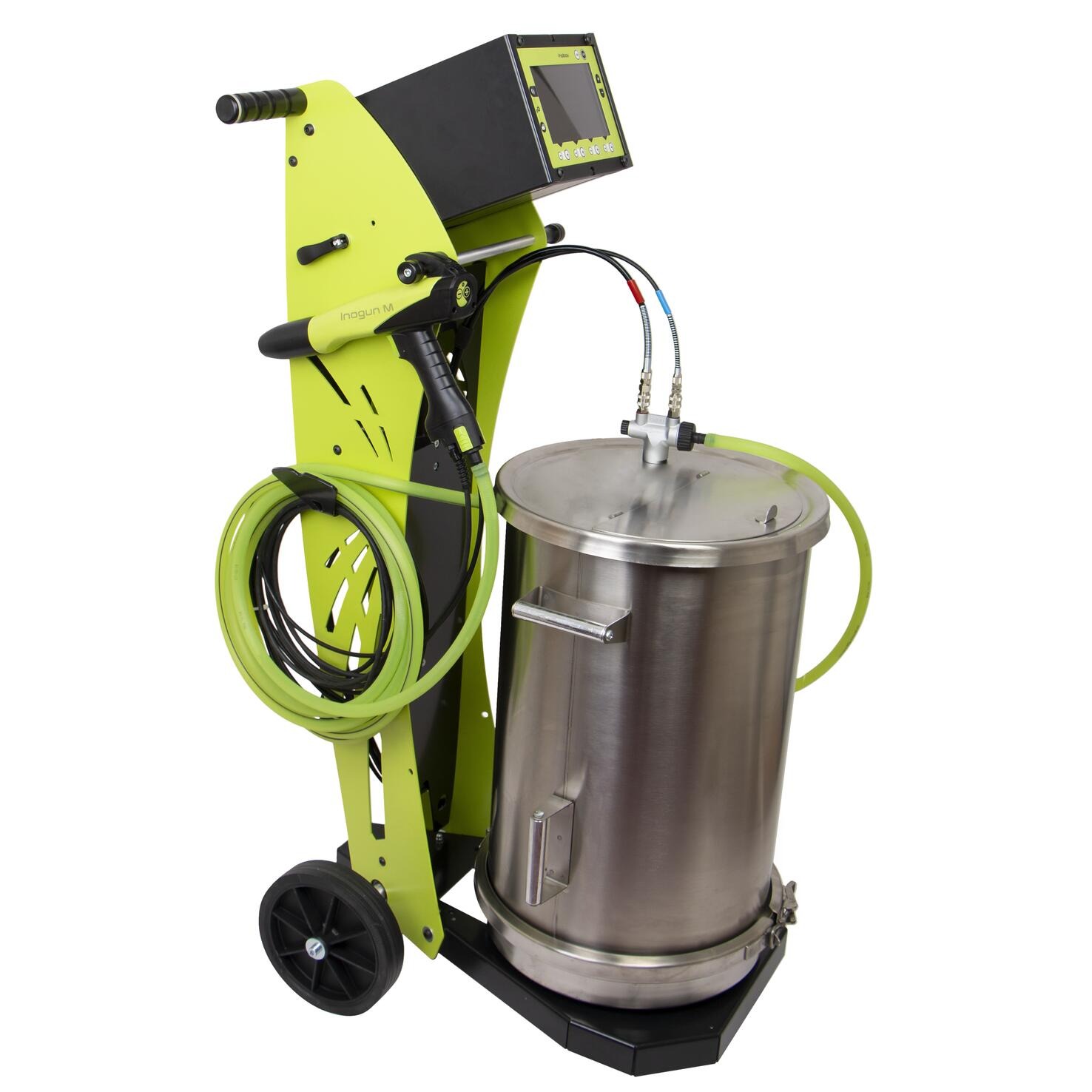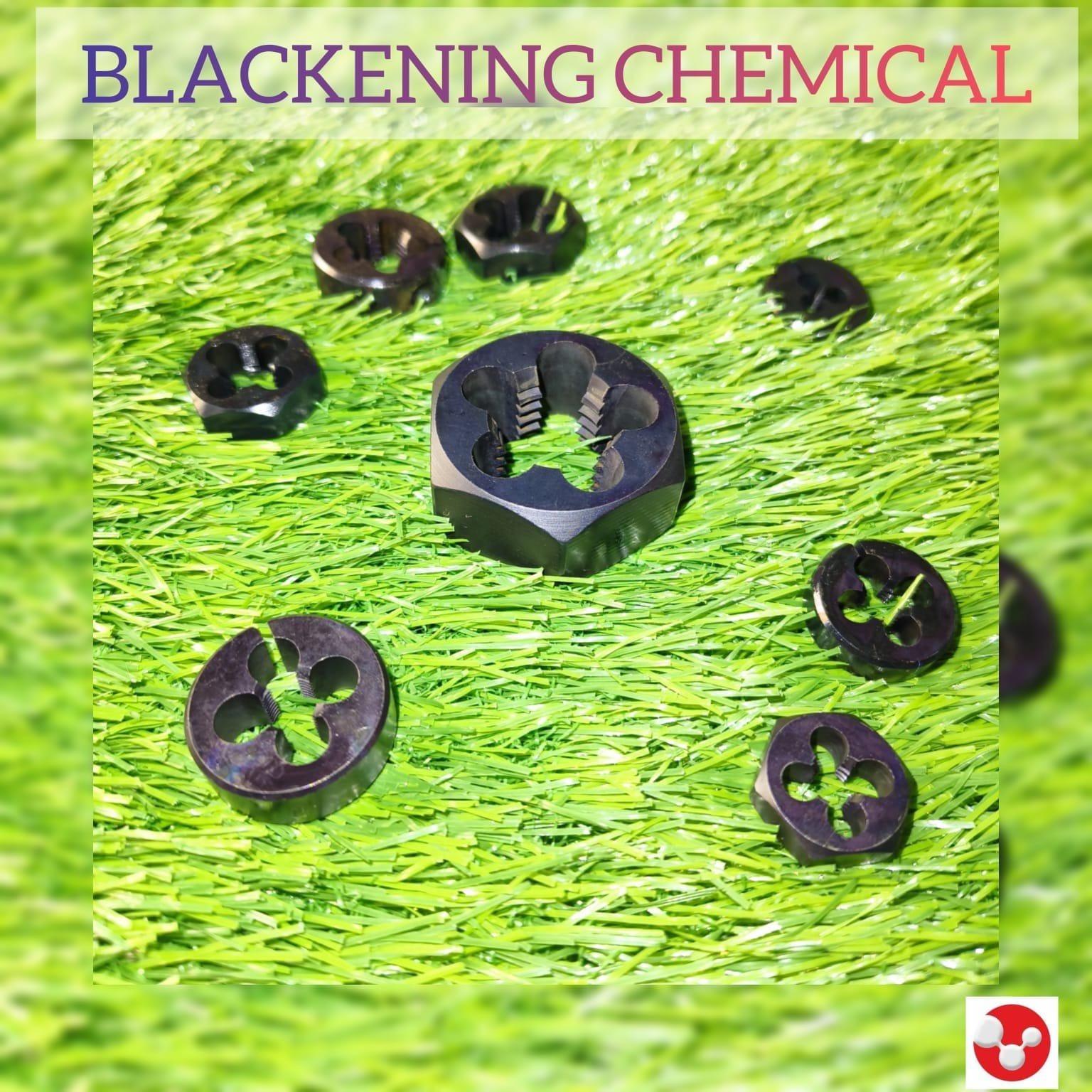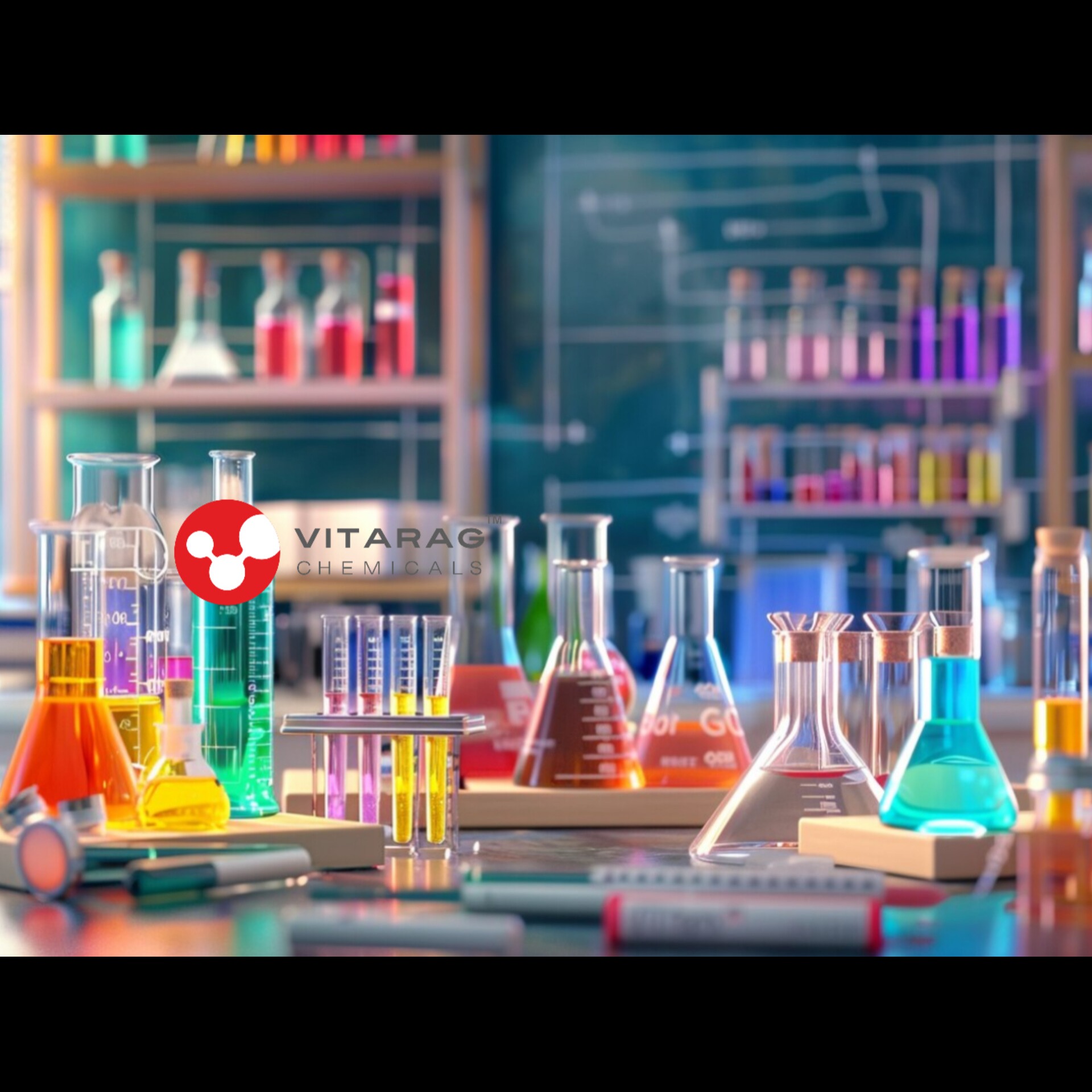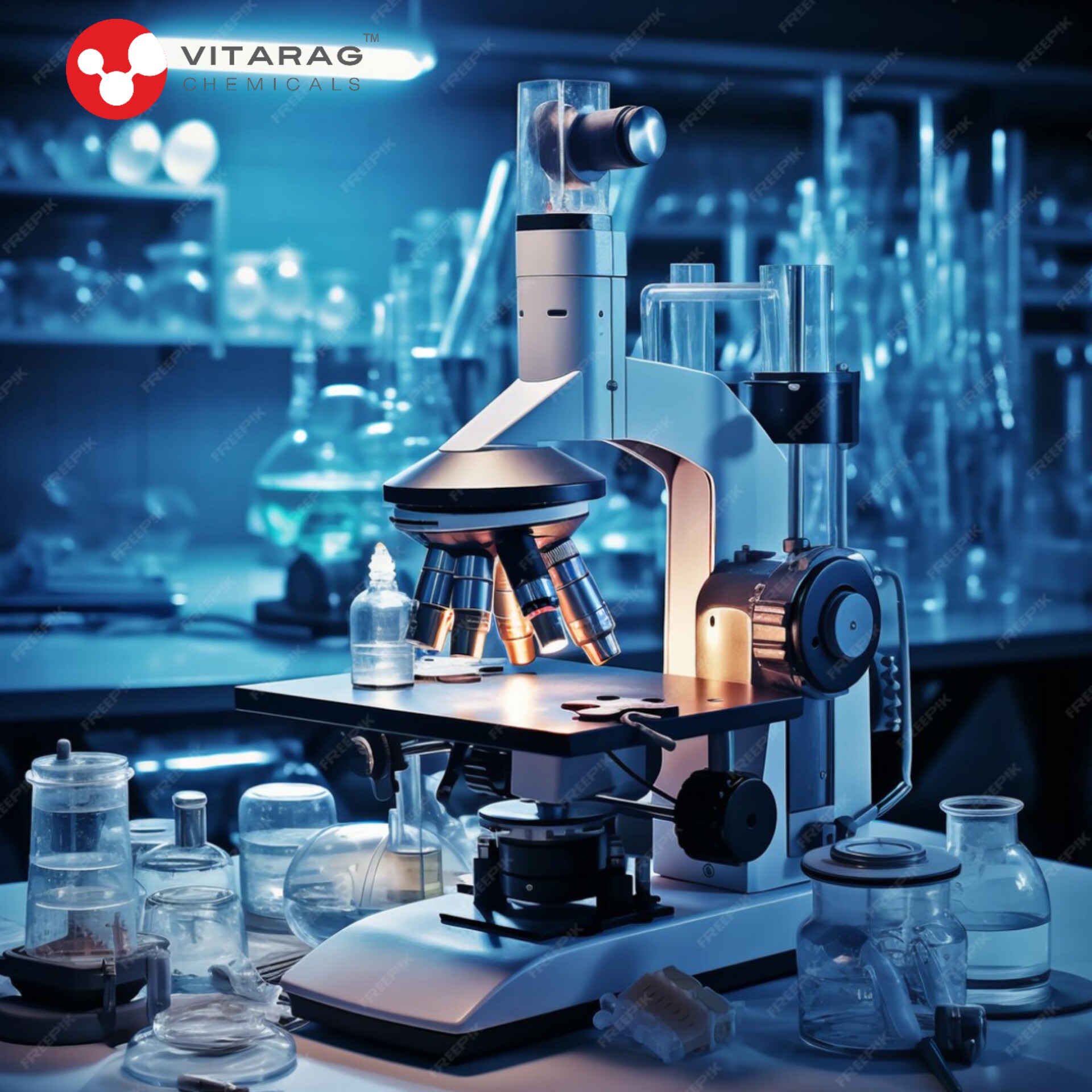Blackening Chemicals For Copper
- Blackening copper involves using chemicals that react with the copper surface to create a darkened, often black oxide or patina finish. This process is widely used in art, jewelry, and industry to enhance appearance, reduce glare, and increase corrosion resistance. Various chemical treatments can be employed, each producing different effects and levels of durability. Here’s a detailed look at the methods and chemicals used for blackening copper.
1 Methods and Chemicals for Blackening Copper
- Liver of Sulfur (Potassium Sulfide)
. Process: Copper is treated with a solution of liver of sulfur, which reacts with the metal to form a black patina.
. Chemicals Used: Potassium sulfide (liver of sulfur).
. Advantages: Easy to use and control; produces a range of colors from light grey to deep black.
. Applications: Jewelry, decorative items, and art projects.
. Considerations: Works best on clean, degreased surfaces; the patina can be fragile and may need sealing for durability.
Keywords
range
metal
Liver
glare
colors
Sulfur
levels
process
methods
jewelry
sealing
solution
darkened
industry
light grey
Advantages
durability
deep black
appearance
black oxide
Applications
black patina
art projects
patina finish
detailed look
Considerations
copper surface
decorative items
Potassium Sulfide
different effects
Blackening copper
Blackening Chemicals
corrosion resistance
clean, degreased surfaces
Various chemical treatments




